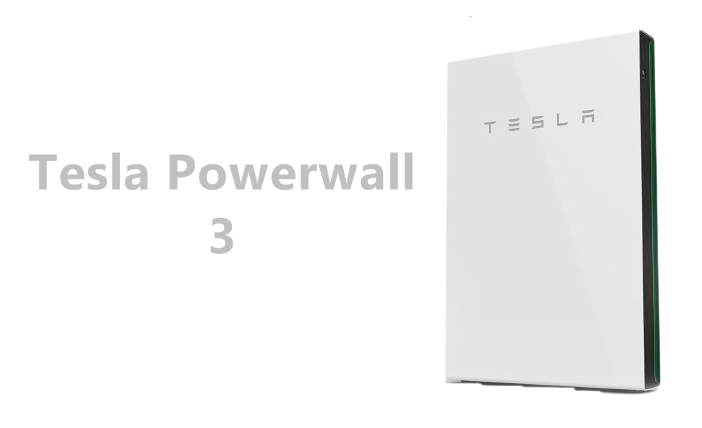
As the Tesla Powerwall 3 prepares for its much-anticipated launch in Australia in late 2024, it promises to revolutionize home energy storage for solar-powered homes. This next-generation battery storage solution combines a powerful solar inverter and increased capacity, which could offer a solid return on investment for Australian homeowners looking to increase their energy independence. However, understanding its pricing and suitability is key for those considering making the switch.
How Much Does the Tesla Powerwall 3 Cost?
The Tesla Powerwall 3 is expected to cost approximately AUD $13,600, a figure that includes the 13.5 kWh battery unit and an integrated solar inverter, priced at $11,900. Additionally, buyers will need to pay around $1,700 for the required Backup Gateway 2, which is essential for grid disconnection and backup power during outages. It’s important to note that this price does not include delivery or installation fees, which can vary based on your location and the installer you choose.
Tesla Powerwall 3: Features and Specifications
The Powerwall 3 offers significant upgrades over its predecessor, the Powerwall 2, particularly in terms of power output and inverter functionality.
Key Features:
- Energy Capacity: 13.5 kWh
- Continuous Power Output: 11.5 kW
- Peak Power: 15 kW
- Integrated Solar Inverter: 11.5 kW
- Maximum Solar Panel Compatibility: 20 kW with six MPPTs (Maximum Power Point Trackers)
- Dimensions: 1098 mm x 609 mm x 193 mm
- Weight: 130 kg
- Battery Chemistry: Lithium Ferro Phosphate (LFP)
The Powerwall 3 is designed for new installations with its built-in inverter, making it ideal for homes with significant energy consumption or those looking to maximize solar power usage. The built-in six MPPTs make it compatible with up to 20 kW of solar panels, a perfect fit for larger households or commercial properties. The robust power output allows it to handle high-demand appliances like air conditioners and electric vehicles with ease.
Performance and Usability
One of the standout features of the Powerwall 3 is its high continuous power output of 11.5 kW, which significantly surpasses the 5 kW capacity of the Powerwall 2. This makes it a far more capable solution for whole-home backup power during outages, especially in areas prone to blackouts or extreme weather conditions.
However, while the discharge rate is impressive, the system’s charging capacity is limited to 5 kW, which may not fully utilize the potential of larger solar arrays. This could lead to some inefficiencies for homes generating excess solar energy.
The use of Lithium Ferro Phosphate (LFP) chemistry improves both the safety and longevity of the battery. Tesla claims the Powerwall 3 will retain 70% capacity even after 10 years of use, providing a long-term solution for energy storage.
Pros and Cons of the Tesla Powerwall 3
Pros:
Integrated Inverter: Simplifies installation, reducing costs by eliminating the need for an external inverter.
Higher Power Output: Supports large appliances and homes with significant energy needs.
Scalable: The system can be expanded to four units, offering a total energy capacity of 54 kWh.
Future-Ready: Includes bidirectional charging, making it compatible with vehicle-to-home (V2H) systems in the future.
Cons:
Limited Charging Capacity: Despite the large solar capacity, charging is restricted to 5 kW.
Costly: The Backup Gateway and installation add significant costs.
Retrofitting Challenges: Better suited for new systems rather than existing setups, especially if you own a previous Powerwall model.
Installation and Integration
For new installations, the Tesla Powerwall 3 shines, thanks to its integrated inverter, making the setup process more streamlined and cost-effective. However, if you’re looking to retrofit an existing system, especially one using older Powerwall models, you might face compatibility issues. Tesla designed the Powerwall 3 to be primarily used in new installations, and the lack of backward compatibility with previous versions may be a drawback for existing Tesla users.
Incentives and Rebates in Australia
Australian homeowners interested in purchasing the Powerwall 3 can take advantage of various state and federal incentives aimed at promoting renewable energy adoption. Programs like Victoria’s Solar Homes Program and the Queensland Battery Scheme offer rebates and financial incentives for installing solar and battery systems, which can significantly reduce the upfront costs.
In addition, those in South Australia could benefit from the Home Battery Scheme, which offers subsidies for battery storage, making it easier to adopt sustainable energy solutions.
Conclusion
The Tesla Powerwall 3 is poised to be a market leader in home energy storage when it becomes available in Australia later in 2024. Its combination of high energy capacity, integrated inverter, and future-ready features like V2H integration make it a compelling option for new solar installations.
However, it may not be the best fit for everyone, especially those looking to retrofit existing systems. For such users, the Powerwall 2 might still offer a more practical and cost-effective solution.
For homeowners keen to enhance their energy independence and reduce their reliance on the grid, the Tesla Powerwall 3 offers an exciting glimpse into the future of home energy storage.
Also read:


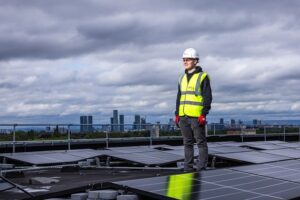

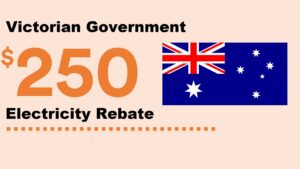
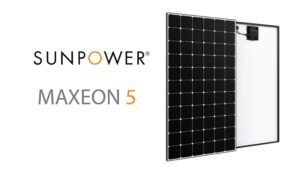
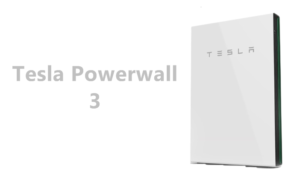
1 thought on “Tesla Powerwall 3 Price Australia”
Comments are closed.